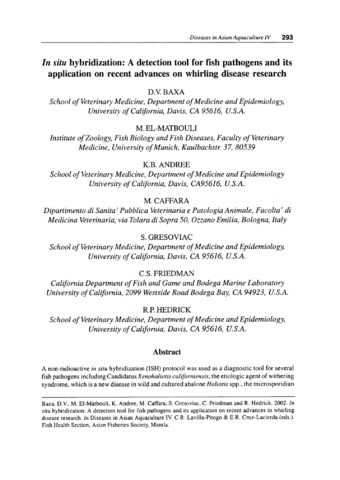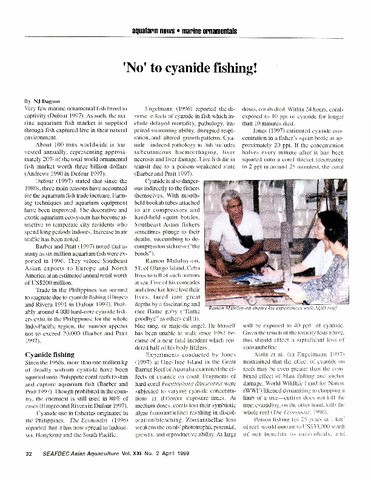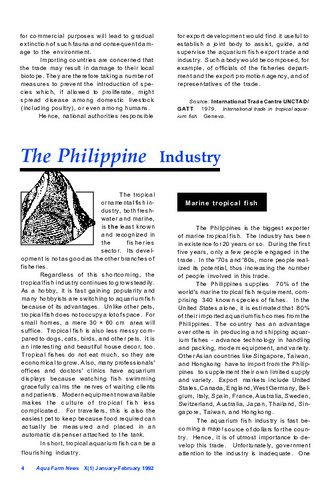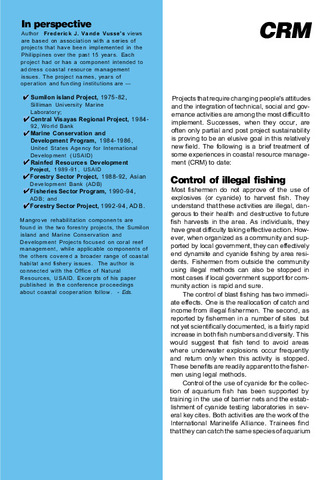In situ hybridization: A detection tool for fish pathogens and its application on recent advances on whirling disease research
- Global styles
- MLA
- Vancouver
- Elsevier - Harvard
- APA
- Help
Share
抄録
A non-radioactive in situ hybridization (ISH) protocol was used as a diagnostic tool for several fish pathogens including Candidatus Xenohaliotis californiensis, the etiologic agent of withering syndrome, which is a new disease in wild and cultured abalone Haliotis spp., the microsporidian Nucleospora salmonis and the myxozoan parasite Tetracapsula bryosalmonae (previously referred to as PKX) that causes proliferative kidney disease in salmonids. Most applications of the ISH protocol in our -laboratory were used in pathogenesis studies of whirling disease caused by the myxosporean Myxobolus cerebralis.
Suggested Citation
Baxa, D. V., El-Matbouli, M., Andree, K. B., Caffara, M., Grésoviac, S. J., Friedman, C. S., & Hedrick, R. P. (2002). In situ hybridization: A detection tool for fish pathogens and its application on recent advances on whirling disease research. In C. R. Lavilla-Pitogo & E. R. Cruz-Lacierda (Eds.), Diseases in Asian aquaculture IV: Proceedings of the Fourth Symposium on Diseases in Asian Aquaculture, 22-26 November 1999, Cebu City, Philippines (pp. 293-300). Fish Health Section, Asian Fisheries Society.
Type
Conference paperISBN
9718020160Collections
Related items
Showing items related by title, author, creator and subject.
-
'No' to cyanide fishing!
Dagoon, N. J. (Aquaculture Department, Southeast Asian Fisheries Development Center, 1999) -
The Philippine industry: Marine tropical fish
Castaños, Milagros T.; Southeast Asian Fisheries Development Center, Aquaculture Department (Aquaculture Department, Southeast Asian Fisheries Development Center, 1992) -
CRM in the Philippines: Lessons learned
Southeast Asian Fisheries Development Center, Aquaculture Department (Aquaculture Department, Southeast Asian Fisheries Development Center, 1996)Philippine coastal communities can become capable fishery resource managers and that their management practices can become largely self-sustaining if the project approach focuses on assisting fishermen to learn how to help ...





